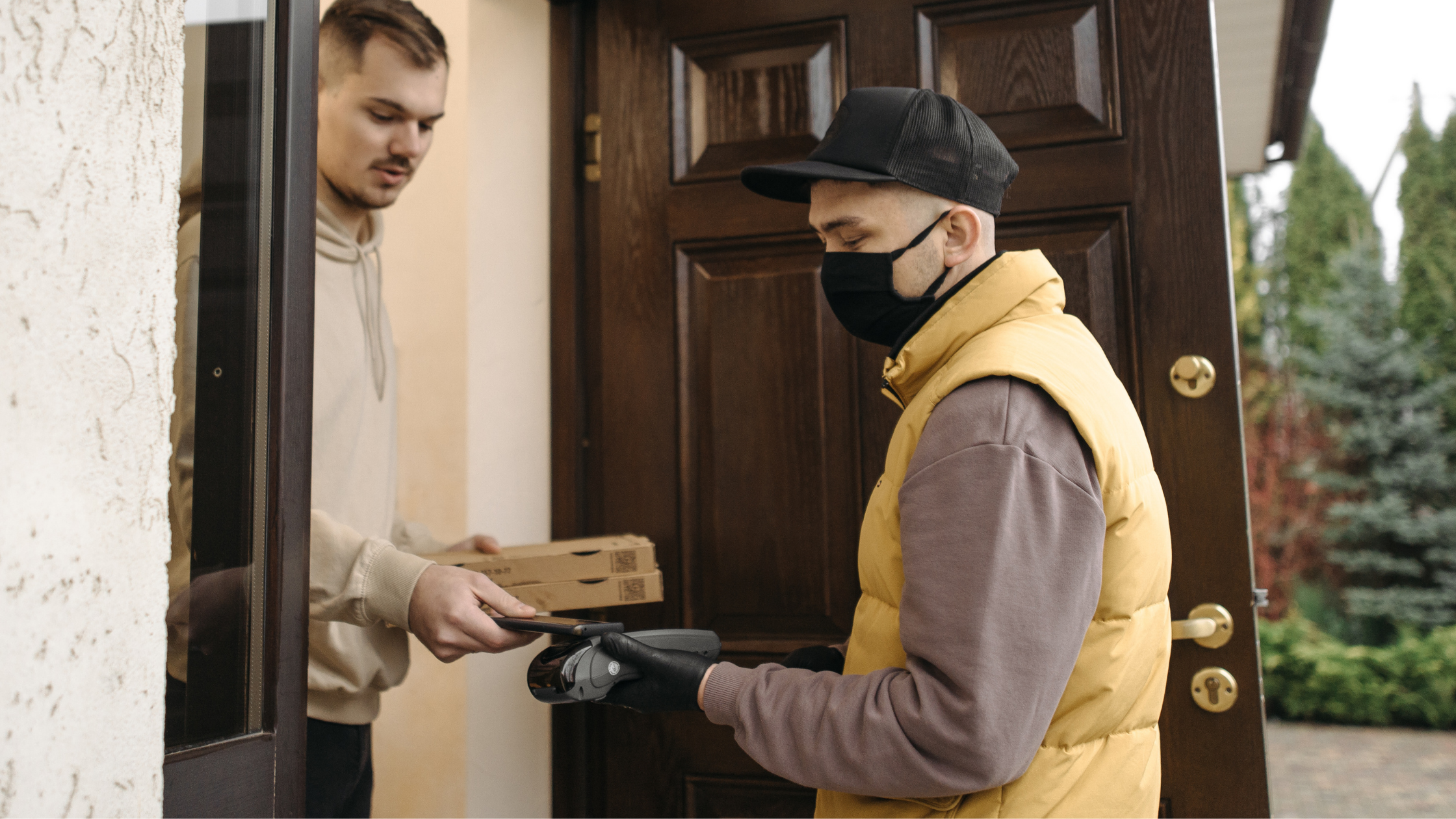The worldwide contactless payments market was valued at $1.17 trillion in 2019. This was projected to reach $5.42 trillion by 2027, growing at a CAGR of 20.6%. Amidst the outbreak of the global pandemic, industry experts are already starting to project higher values here.
Over the years, several contactless payment facilities have emerged in the global marketplace. While some of these may have vanished without a trace, several leading options continue to address customer needs for secured contactless payment avenues across businesses and geographies.
As an industry leader in online payment solutions, Zaakpay enables its customers to navigate and leverage the opportunities of this emerging landscape. From facilitating UPI payment solutions to securing the end-user’s online payment link, the company helps build a secure online payment ecosystem that drives confidence and builds trust.
Five Leading Options for Facilitating Contactless Payments
- Contactless Cards: Contactless Debit and Credit Cards have emerged as the most popular and commonly used option for contactless payments. Often referred to as “Tap to Pay” cards, they look the same as regular cards from the outside. Inside, they are equipped with a small, chip-based antenna that facilitates wireless communication with a Point of Sale (POS) reader.
Most Tap to Pay cards also have the legacy magnetic strip, allowing them to be used in stores that do not carry a contactless-capable card reader. However, with Europe going mostly contactless, and the US following close on its heels, almost all cards issued today are featuring the contactless option. And as a direct result of this transition, a majority of all new POS machines today are enabled for Tap to Pay.
- Mobile Wallets: Mobile wallets are apps that can either carry card details or money in the form of wallet top-ups. These wallets, like their physical counterparts, are today being used for making a wide range of contactless payments, be it in a physical store, or online. For in-store payments, users can either scan a payment code on their smartphones or initiate a transaction to the merchant’s account from within the wallet itself. Mobile wallet users also have the option of managing their finances within the app, offering better visibility in the performance of their wealth. As contactless payments continue to take centre stage, the growth of mobile wallets is expected to drive a transformation of the payments and personal finance landscape worldwide.
- UPI Payment Solutions: Unified Payments Interface (or UPI) is a system powering multiple bank accounts within a single mobile application from any participating banker (or service provider). It merges several key banking features, including, seamless fund transfers and contactless merchant payments under a unified system. UPI also offers secure “Peer-to-Peer” collect requests for ease of transactions. These can be scheduled in advance and paid as per the requirement and convenience of the users.
The UPI system was launched in a pilot phase in April 2016 by the Governor of India’s Central Banker, the Reserve Bank of India. During CY ’21, the service processed over 38 billion transactions, valued at about INR 71.59 trillion. Its uptake amongst both businesses and customers continues to be robust, driven mainly by the security and safety features ingrained into the offering.
- Payment Link Sharing: Payment links are an easy and convenient method for facilitating contactless transactions. Merchants can directly share a payment link from the service provider’s dashboard, and customers can make payments safely and securely by following the shared URL. The process is instantaneous and does not require the creation of a web portal or mobile app to facilitate the exchange.
It further offers the flexibility of link sharing with customers through email, messaging applications, or SMS. It can even be displayed prominently in-store for in-person contactless payments. Merchants also have the option of creating bulk payment links as per their requirements, enabling faster checkouts across the board.
Businesses also have the benefit of using smart solutions from industry leaders like Zaakpay to track their transactions here in real-time. A live dashboard constantly checks the status of the payment transactions and generates a notification SMS or email for successful payments. The solution is available across retail, financial services, B2B transactions, education, and also for individuals.
NFC Payments: Near Field Communication (NFC) is a technology suite that allows users to undertake secure payment transactions, connect with similarly equipped electronic devices, and exchange digital content. While it can be leveraged for contactless payments, the technology requires that the payor and payee device be in close proximity with each other.
NFC represents a breakthrough in mobile technology, allowing users to store their physical Debit or Credit Card details within a smartphone. The phone itself can then be used as a card at the POS terminals for making payments, eliminating the need to carry the card in person. The technology is near unbreakable, hack proof, and is among the most secure methods for making contactless payments.
Businesses need to realise that adopting a safe and contactless payment framework today is not just a mere value addition, but a key determinant of customer experience. They can look to overtake the competition by providing a reliable and trustworthy payment processing system – one that could help transform customers to being loyal brand ambassadors.
This would involve evaluating the various contactless payment options available in terms of projected volume of use and other business requirements. A close evaluation, followed by a partnership with industry leaders like Zaakpay can therefore help businesses uncover significant value across their operations by enhancing the levels of customer loyalty. After all, as the global pandemic continues unabated, the growth in demand for contactless payment options continues to exceed the current supply capabilities.

